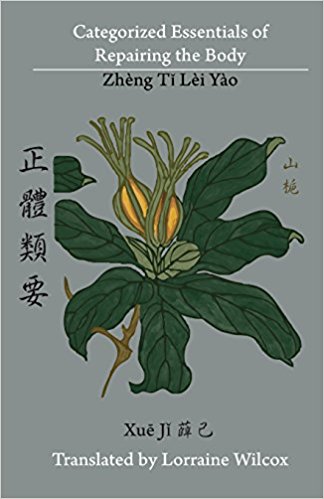| Description |
Correcting or repairing the body is a specialty in Chinese medicine concerned with correcting or mending broken bones, dislocations, wounds, or other kinds of physical injury. It's modern equivalent is traumatology. In this translation of a Ming dynasty book, Xue Ji (the author) covers a number of injuries and their diagnoses pre- and post-injury.
Zhèng Tǐ Lèi Yào is organized into five sections. The first goes over general treatment methods for various aspects of injury: from pain, to bleeding, to tetanus and everything in between. The second section describes the treatment of patients after a beating or caning. The third is the treatment of wounds and injuries from falls, injuries from metal (such as knife wounds), and even frostbite. The fourth part is for burns and scalds. The second, third, and fourth parts contain case after case to illustrate the clinical application of the methods described in part one. The final part, all of Volume 2, contains seventy-five formulas or procedures to treat such conditions including many formulas for external application.
This book is a window into understanding how clinicians viewed injury during the Ming dynasty, and how they treated not only the initial wound, but also how they viewed the after effects of the wound within the context of the scope of Chinese medicine diagnosis. This book is not a mystical treatise, but deals with the treatment of injury, and how this physician used herbal medicine to intervene. The modern Chinese medicine practitioner will find formulas that they are familiar with, used in unfamiliar ways, will learn a number of new formulas, and how to apply them. The majority of the formulas in this book can still be used today. Additionally, martial artists, who have some knowledge of Chinese medicine will be able to take a number of these formulas and apply them after martial injuries. This book covers a subject which is a wide body of knowledge in Chinese sources, yet very little of this knowledge has been reliably translated into English.
|


